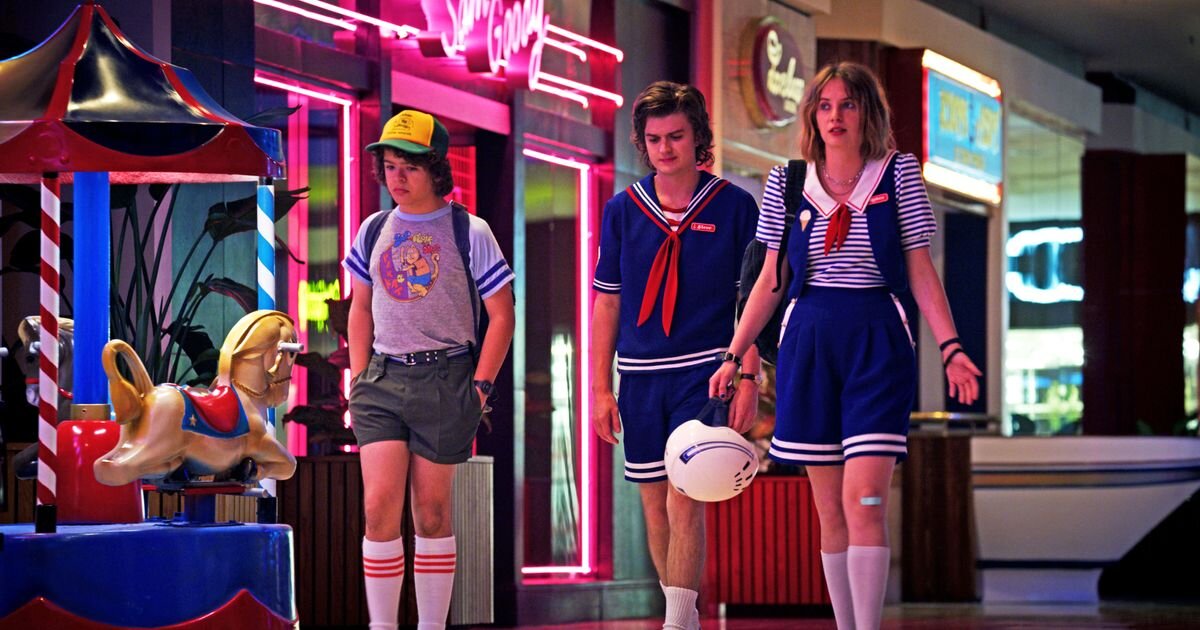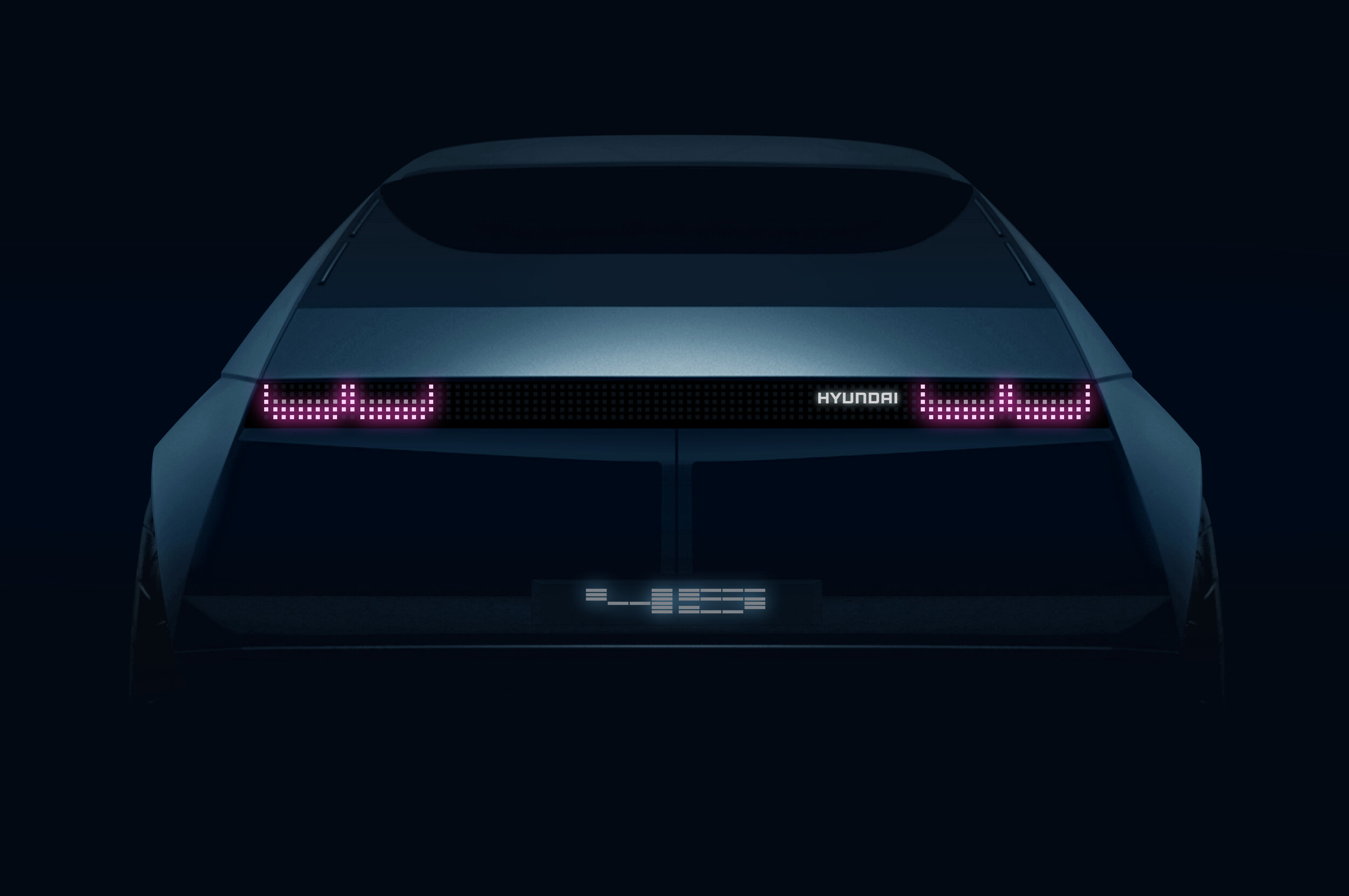Renault Est Mort, Vive Renault!
With a vivid illustration of the future direction of its brands and products, Groupe Renault marks the supposed beginning of the end of a stifling crisis.
A nostalgic view into the future (photo © Renault)
Symbolism ends no crisis. But it is no mere end in itself either, given the potential effects - virtuous and vicious - of autosuggestion. Any cycle of bad news somehow needs to be broken.
Renault, who are undergoing one of the deepest slumps the French giant has ever seen, has chosen a specific term for its fight against the status quo: Renaulution. This slogan may be seen as cheesy, and must certainly be considered over the top. And yet, like some seemingly purposeless humming while walking down a dark corridor, Renaulution might prove to able to unleash autosuggestion’s beneficial potential.
A catchy slogan certainly does no harm when attempting to turn crisis into opportunity, obstacles into challenges. Thankfully, the cars presented by new CEO, Luca de Meo, provided further encouragement. For despite none of them being available for sale any time soon, and despite them being unable to turn around Groupe Renault’s fortunes all by themselves, they do provide some badly needed future perspectives.
For Renault to earn more per car sold, as is de Meo’s stated intention, the cars themselves must obviously be not merely serviceable, but genuinely appealing. The times of fleet fodder and products so bland they need additional sweetening in the form of cheap financing deals ought to be over, for Renault and all other car makers - whether they realise it yet or not.
Waiting for the Renaulution (photo © Renault)
The Renault 5 spearheading Renaulution obviously aims at repeating the trick of the New Mini and Fiat 500 through exploiting the immediate emotional connection provided by nostalgic design. Nostalgia provides a ‘plug-and-play’ narrative - which can prove tricky to evolve over time, but provides instant impact, which is precisely what Renault needs right now. However, unlike the two aforementioned retro cars from the UK/Germany and Italy, the 5 aims for a retro-futuristic flair. It doesn’t go for the other models’ reimagined post-war cutesy, but instead taps into the ‘70s and ‘80s nostalgia that has become de rigueur among car makers (and filmmakers) very recently. The Renault 5 therefore joins not just the ranks of the New Mini and Nuova Nuova Cinquecento, but the Gigiuaro-origami-inspired Hyundai 45 EV and, tangentially, the dystopian Tesla Cybertruck as well. It should therefore prove to be a perfectly aspirational device for the Stranger Things generation.
The new old Zeitgeist (photos © Renault/Netflix/Hyundai)
The new Renault 5’s squat stance and direct references to the original (mostly around the light units) are coupled with details and shapes introduced with Renault’s recent EZ-Ultimo and Morphoz concept cars, suggesting the input of recently appointed Renault chief designer, Gilles Vidal, would’ve been minimal. Any credit for the 5’s looks hence ought to be directed at Vidal’s predecessor and superior, Laurens van den Acker, and his team (namely Arthur Schein and Nicolas Jardin). That being said, this set of circumstances might turn out to be ideal for all parties involved: The 5’s accessible charms providing not merely instantaneous public approval, but also breathing space - thus allowing Vidal and his team to work on their vision of the brand design’s future, without any need to hastily make a statement for the sake of it.
As much as the 5 provides some badly needed good news, it mustn’t distract form the need for Giles Vidal to provide a coherent, and above all else progressive design concept for the Renault brand. As the Fiat 500 has shown, a successful retro design can help a brand to survive - but all by itself it simply isn’t enough for a brand to thrive. In that sense, the actual work for Vidal et al has only just begun. For Renault cannot be saved by this 5 - what the company needs is another Twingo, Mégane Scénic, Espace or 16. Figuratively speaking, of course.
Similarly, new Dacia chief designer, Alejandro Mesonero-Romanos, who joined Groupe Renault at about the same time as Vidal, is unlikely to have contributed much to the Bigster concept car. Despite being yet another SUV model (and ignoring its peculiar name), the Bigster is not only perfectly in keeping with Dacia’s spirit, but provides a worthwhile idea of how the flair of the brand’s defining product, the charismatic Duster, can inform the entire model line-up’s flair. The extensive use of recycled materials is perfectly in keeping with this heightened utilitarian aesthetic (as represented by the Bigster’s ‘solid’ surfaces, as well as its pleasingly simple, geometric graphics) and hence leaves an unusually bold, consistent impression. On top of that, the Dacia logo unveiled with the Bigster finally addresses what had been the brand’s weakest visual link for some time.
Big Duster (photo © Groupe Renault)
Unlike the Renault brand, Dacia is in no need of a reset. In fact, few brands possess as clear an image as the Romanian budget car maker does right now, thanks to its having so far resisted the industry-wide trend to add a bit of ‘premium’ fairy dust. Neither the Bigster, nor the new logo put an end to this, thankfully. Unlike his colleague at Renault, Mesonero-Romanos will hence be required to carefully nurture, rather than forcefully reanimate the brand - making his job no less a challenge than Gilles Vidal’s.
Challenging the situation at Groupe Renault remains. But even if one chooses to interpret the unveiling of those concept cars as merely an effect of there being no Geneva Motor Show this year, not only the cars themselves, but especially the way in which they were presented to the world suggests that Luca de Meo and his team of fresh and established creatives have accepted the challenge.
Bonne chance!








